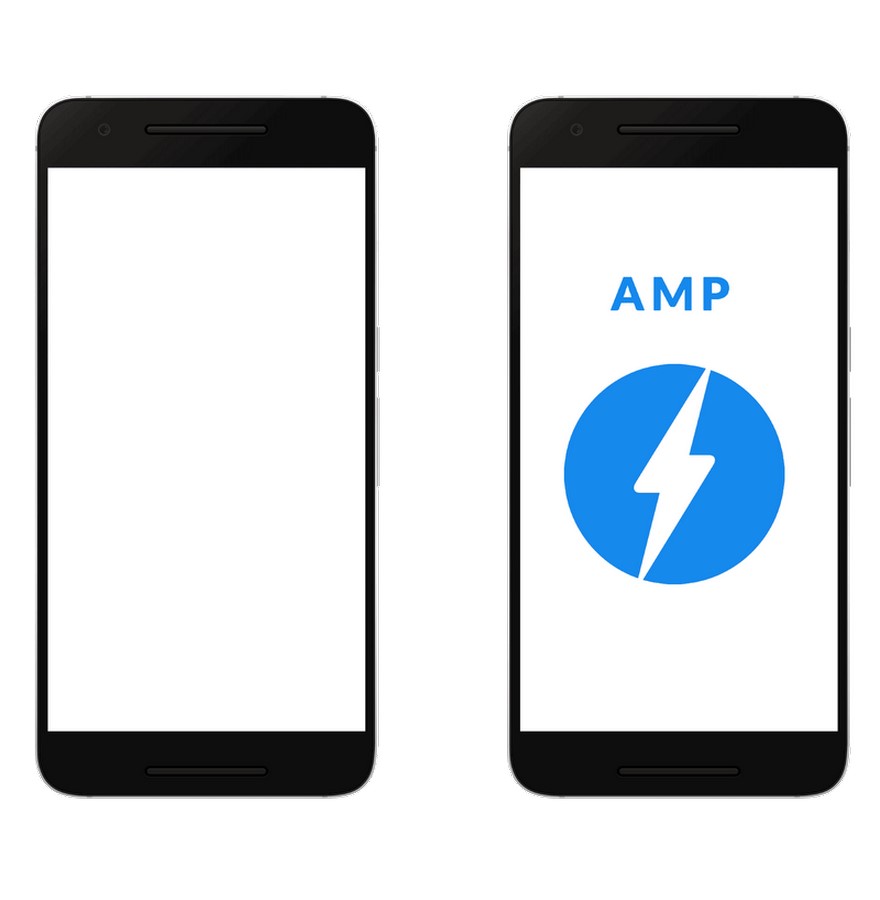Introduction
In an era where mobile internet speed has significantly improved, new challenges have emerged for smartphone users. Issues like intrusive ads, poor mobile design, and intermittent internet connectivity can hinder user experience. To address these challenges, Google introduced Accelerated Mobile Pages (AMP), a framework designed to enhance mobile browsing efficiency and speed.

What are Accelerated Mobile Pages (AMP)?
AMP is an open-source project developed by Google to create fast-loading web pages optimized for mobile devices. Websites built with AMP technology prioritize speed by reducing file sizes and limiting content, resulting in pages that load up to four times faster and consume ten times less data than traditional mobile pages.
AMP Components
Accelerated mobile pages comprise three primary components:
- AMP HTML: HTML tags tailored to AMP specifications, optimizing performance by limiting certain features and implementing AMP-specific versions of HTML tags.
- AMP JavaScript (JS): A library responsible for loading external resources efficiently without hindering page rendering.
- AMP Content Delivery Network (CDN): Google’s servers cache AMP pages, ensuring swift delivery to users worldwide and enhancing page load times.

How Does AMP Work?
AMP utilizes a combination of optimized HTML tags, JavaScript, and a content delivery network to deliver fast-loading mobile pages. By prioritizing critical content and limiting resource-intensive elements, AMP ensures a seamless browsing experience, especially on mobile devices.
Who Benefits from Accelerated Mobile Pages?
AMP is particularly beneficial for news sites, content platforms, blogs, and informational websites that prioritize speed and user engagement. By implementing AMP, these platforms can efficiently manage large volumes of data, reduce bounce rates, and enhance overall performance. Major publishers like The Wall Street Journal and The Washington Post have leveraged AMP to deliver fast, engaging content to millions of users.
Advantages of Accelerated Mobile Pages
- Improved website performance, optimized for mobile devices.
- Enhanced search rankings and reduced bounce rates.
- Support across major web browsers, including Google Chrome, Mozilla Firefox, and Safari.

Disadvantages of Accelerated Mobile Pages
- Separate development of static AMP pages with “/amp” in the URL.
- Limitations on displaying ads and functionality compared to non-AMP pages.
- Tracking AMP performance requires manual setup in Google Analytics.
- Sacrifice of visual appeal and limited support for third-party JavaScript.
Conclusion: Is AMP Right for Your Website?
AMP offers significant benefits for websites prioritizing speed and performance, especially those handling large datasets or publishing frequent content updates. However, for projects requiring advanced functionality or extensive design customization, AMP may not be the ideal solution. Consider your specific requirements and consult with experts to determine whether AMP aligns with your website goals.
For further guidance on implementing AMP or exploring alternative solutions, feel free to reach out to our team for a consultation. We’re here to help you optimize your website for optimal mobile performance.
















